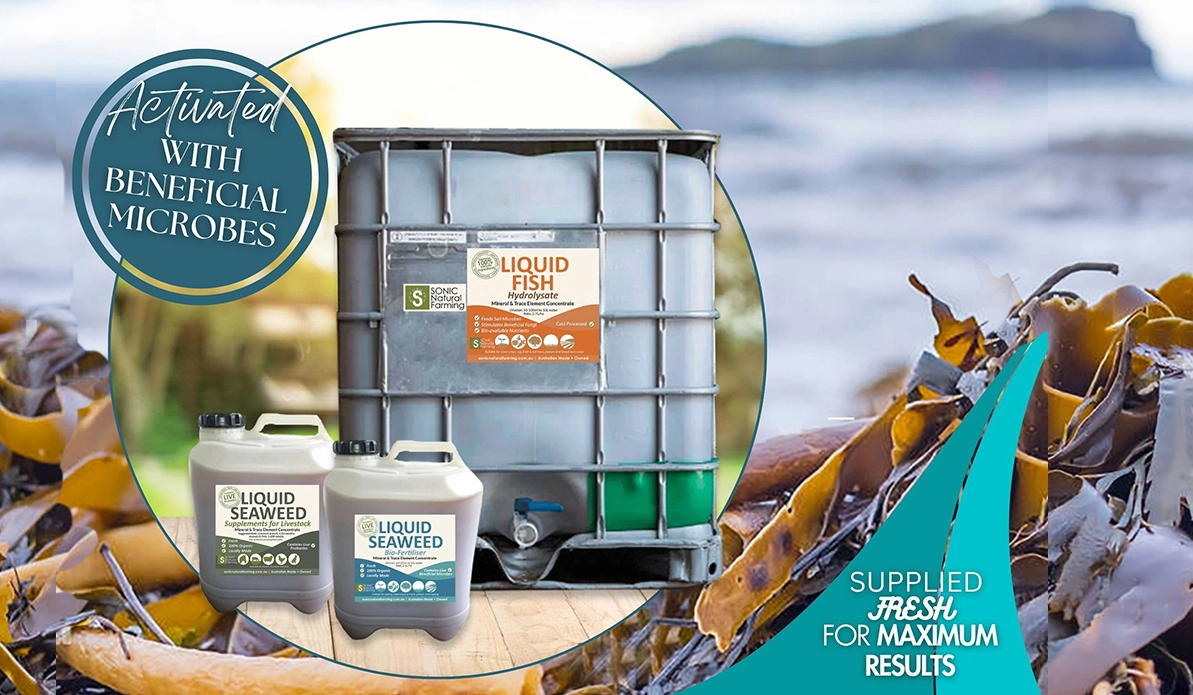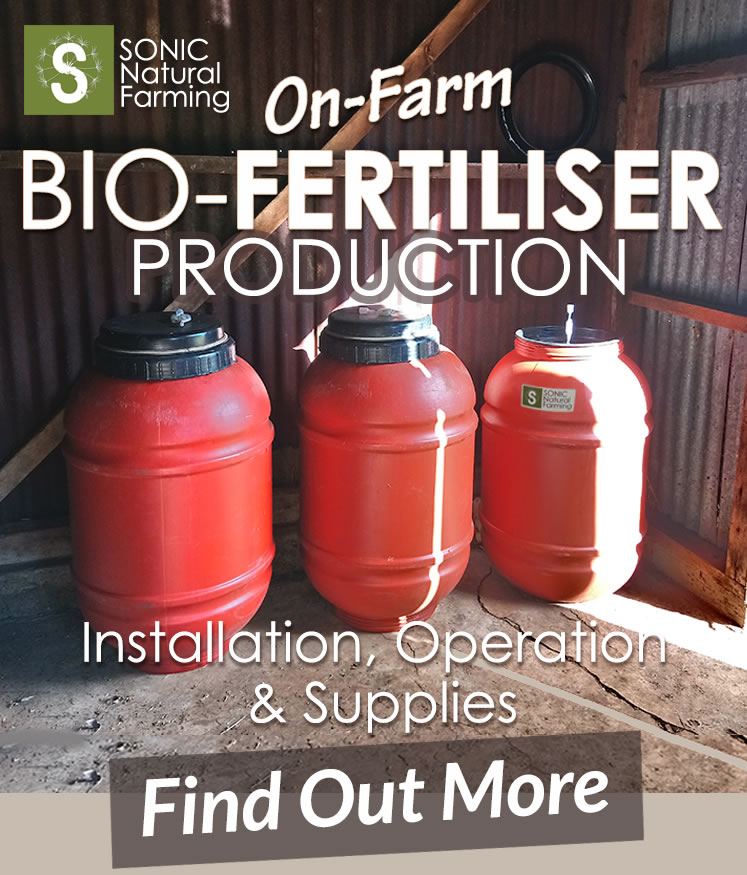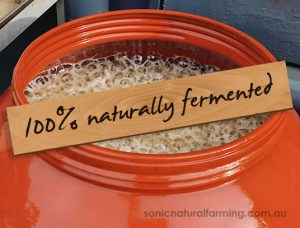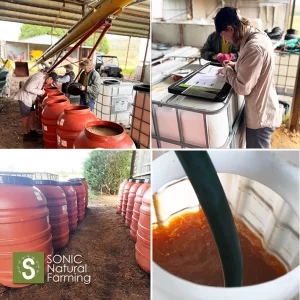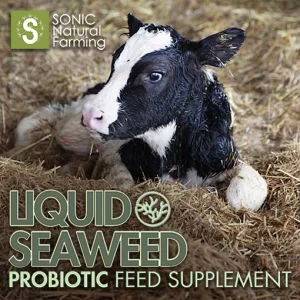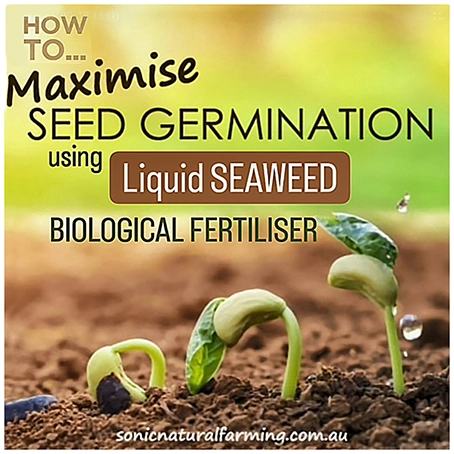Soil biology plays a crucial role in the health and productivity of crops. By understanding how to build soil biology, farmers can enhance crop resilience and improve overall agricultural sustainability.
Building soil biology can be achieved through various practices such as promoting plant diversity, utilising biological seed inoculation, and implementing foliar sprays. In this article we look at these top 3 soil building methods in detail.
Top 3 Methods for Building Soil Biology
1. Implementing Plant Diversity to Build Soil Biology
Plant diversity is essential for creating a balanced ecosystem within the soil. Different plant species have varying root structures and exude different types of organic compounds into the soil.
Growing plant diversity encourages the growth of soil biology and beneficial microorganisms such as bacteria, fungi, and nematodes. These organisms help in nutrient cycling, disease suppression, and improving soil structure.
Planting multi-species, diversifying the plant family (min. 5), creates a variation of roots underground. For example, some plants have deep tap roots, and some shallow, creating an underground cooperative. Rather than being competitive, all the plant roots work together to help support the biomass in soil structure and the soil biology.
The More Plant Diversity Above the Ground, The More Microbial Diversity Below the Ground
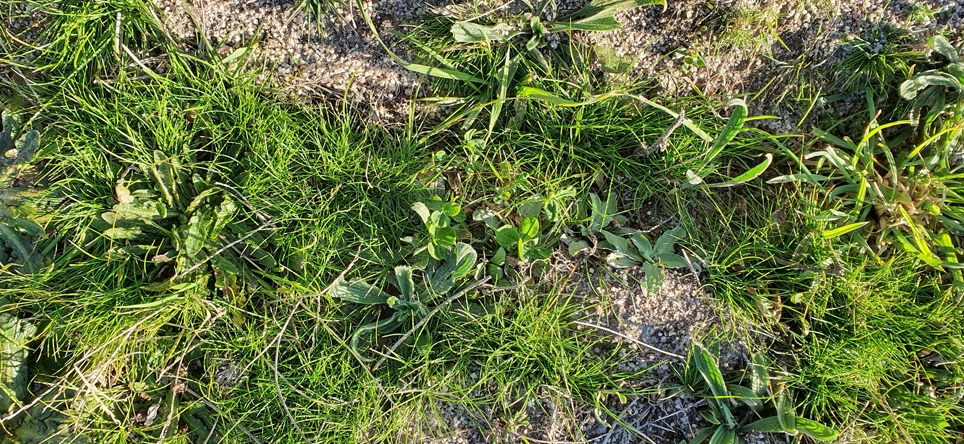
Furthermore, Plant diversity has been shown to produce more (natural) nitrogen, phosphorus, potassium, calcium, magnesium and other minerals, than any other method. Diversity produces an increase in plant nutrient acquisition, as well as better water holding capacity, improved carbon sequestration, and is an effective weed control method.
Click here to read article ‘How to Increase Soil Fertility with Mixed-Species Planting’
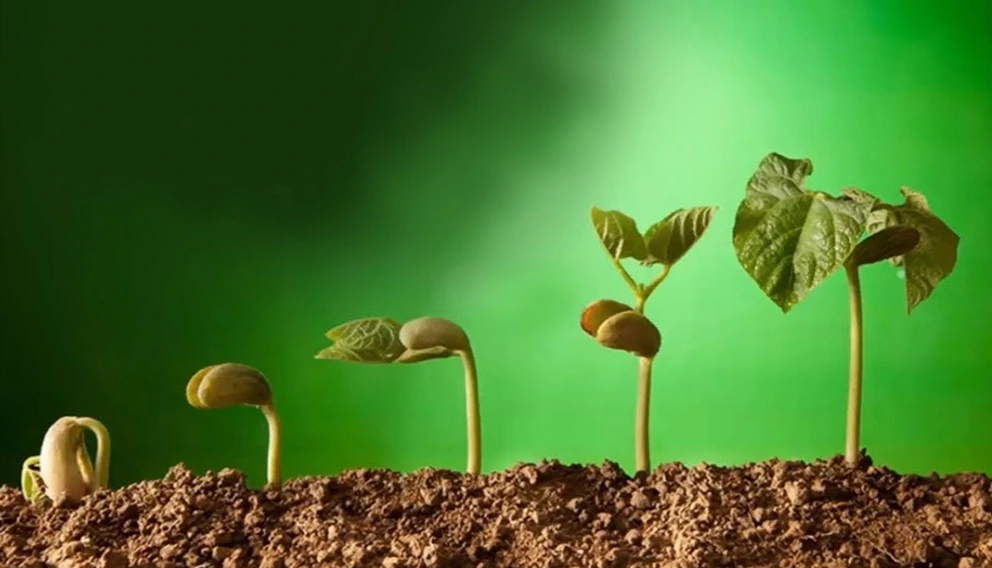
2. Coating Seeds with Beneficial Biology
Research has discovered that a healthy seed can contain up to 2000 microbe species inside of it. Strong plants grow out of strong seeds. Strong seeds come from healthy plants that have grown in a healthy soil microbiome with a diversity of soil biology.
How do seeds communicate with soil microorganisms?
When a seed starts to germinate it sends out signals, in the form of exudates, for microbes to colonise it and assist in germination. The microbial assistance is required to help break down the seed coat and allow moisture in, and to convert the endosperm starch into sugars, which the seed uses for energy to germinate and grow.
Biological seed inoculation involves coating seeds with bio-stimulants of beneficial microorganisms before planting. Inoculating seeds with liquid biological treatments, such as Liquid Seaweed Biological Fertiliser or Liquid Fish Hydrolysate Fertiliser has been shown to enhance germination rates, and supports early plant growth and immunity.
“I think applying biologicals to seeds is perhaps the single biggest ROI application of any application, that we see, that is the most consistent”
– John Kempf
Liquid Seaweed Biological Fertiliser is derived from all natural ingredients, and contains a wide range of nutrients, including trace elements, amino acids, and growth-promoting hormones. Applying Liquid Seaweed to seeds before planting, supports the seed by providing a biological environment during the seeds germination, and increased microbial support through the entire plant growth cycle.
Furthermore, biological soil amendments, made from seaweed, also help to improve soil structure and enhances water retention capabilities due to seaweed’s natural alginate, making it an ideal soil amendment to use, when seeding, and during dry conditions.
For more information about biological seed inoculation see video ‘Seed inoculation with David Olson of Sustainable Growing Solutions’
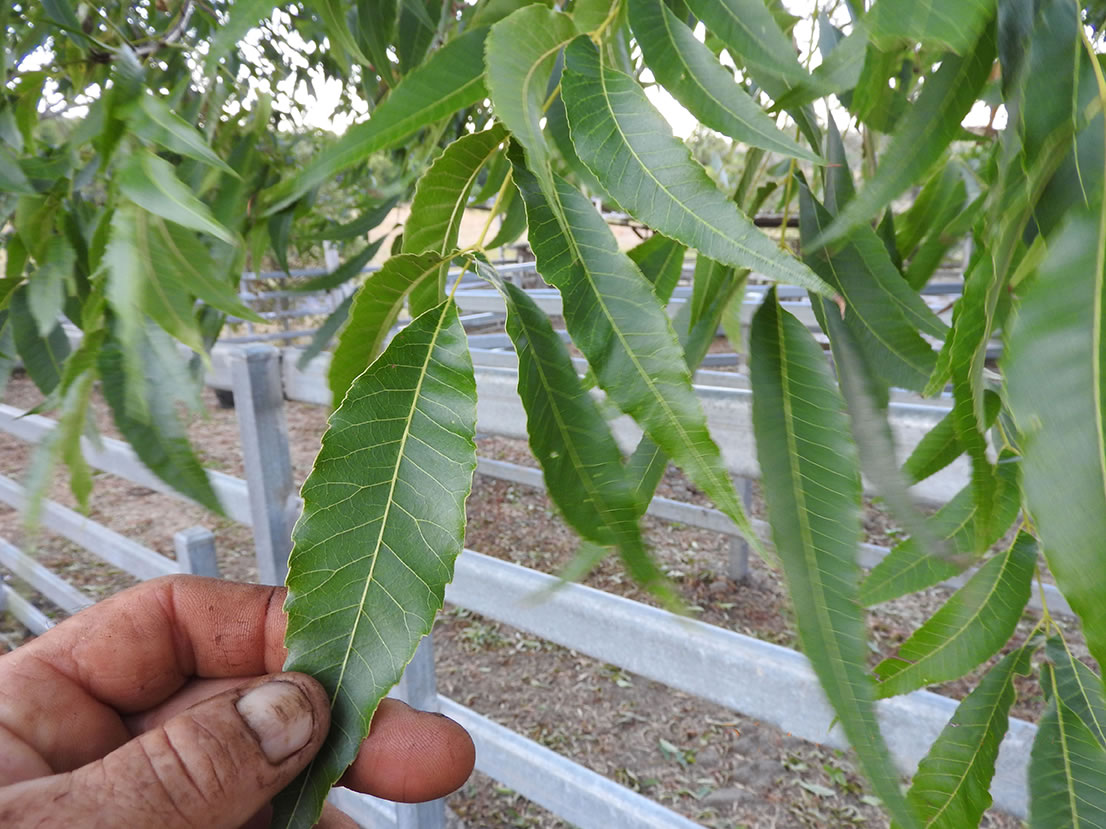
Wilson Creek Organic Pecans achieve a ‘pristine’ leaf analysis, (above image), after applying a holistic foliar spray regime including SONIC Fish Biological Fertiliser (Hydrolysate).
3. Build Soil Biology using Strategic Foliar Applications
Healthy plants produce healthy soil. One approach for growing healthy plants, if the soil is depleted, is to stimulate nutrition and optimise photosynthesis through the leaf.
Healthy plants, that are performing good photosynthesis, will create sugars (carbon), that feed soil microorganisms enabling the biology to populate and thrive.
One of the key advantages of using Liquid Biological Fertilisers is their ability to enhance mineral absorption by plants. The nutrients in these fertilisers are readily available in a soluble form, making it easier for plants to take them up through their leaves.
Foliar applications can be particularly beneficial in situations where soil conditions may limit nutrient availability or when plants require a quick nutrient boost.
Additionally, Liquid Biological Fertilisers contain a diverse range of beneficial microbes that can colonise the leaf surface. These microbes compete with harmful pathogens for food and space, reducing the risk of disease development.
By creating a barrier on the leaf surface, by using biological fertiliser, beneficial microbes can effectively outcompete pathogens and provide protection against various plant diseases.
By implementing these soil building practices – promoting plant diversity, utilising biological seed inoculation, and incorporating foliar sprays – farmers can create an environment that fosters robust soil biology. This ultimately leads to improved crop resilience against diseases and other environmental stressors.
Want to see how we can help you beat the high cost of fertiliser?




